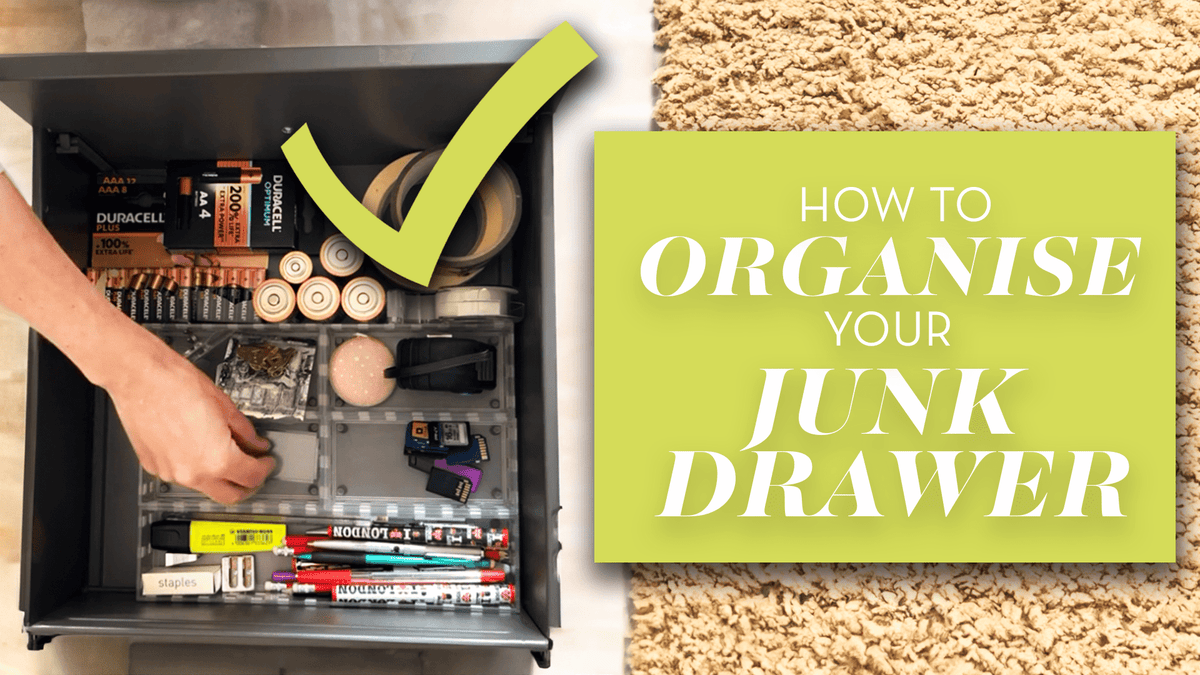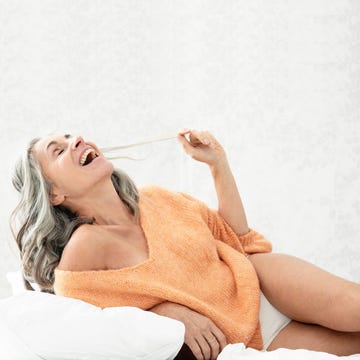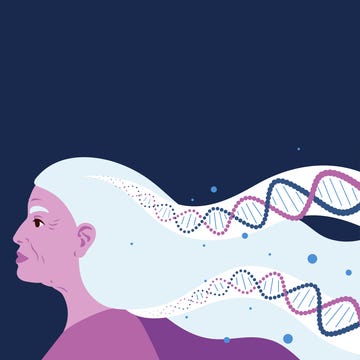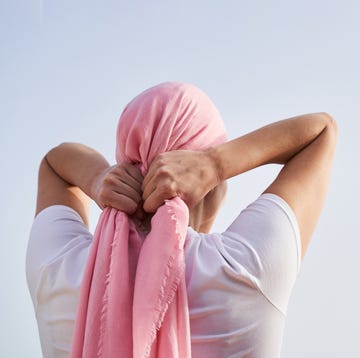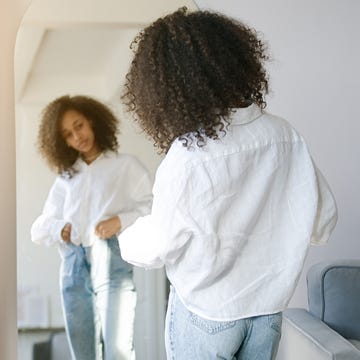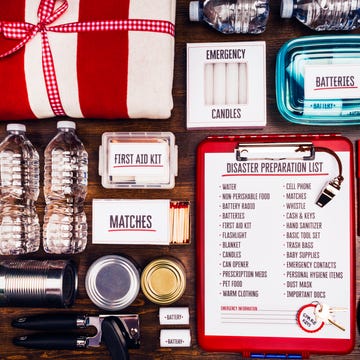Ever find yourself in the bath, soaping or shaving a leg and then stopping – suddenly – at the sight of a vein that definitely wasn’t there before. Or was it? Has it got darker? Or bigger? And should you worry about it?
Studies suggest that varicose veins occur in as many as 20% of men and 33% of women. In fact, venous disease (that’s any condition that affects the veins in your body) increases with age, so that an estimated 80% of women have some form by age 80.
‘Our veins play a crucial role in keeping our blood flowing efficiently, but over time, they can show signs of strain,’ says Dr Vikram Murthy, GP & co-founder of the Harley Street clinic Murthy Health. These can sometimes look alarming, but don’t panic. Deep vein thrombosis, of course, is a true medical emergency (commonly felt as sudden swelling, redness, warmth and pain, usually in one leg). Otherwise, visible changes in the appearance of your veins are usually harmless and cosmetic, he advises. ‘The good news is, with the right care and advice, most vein conditions are manageable or treatable. That said, none should be ignored – especially if symptoms worsen or you notice sudden changes.’
So, what do you need to know?
Spider (or thread) veins
These look like ‘small, thin red, blue or purple veins that appear close to the skin’s surface, often in a web-like pattern’, says Dr Murthy. You’re most likely to spot them on your legs or your face, and they typically won’t cause you any pain.
Why do I have them?
Spider veins can be caused by hormonal changes such as pregnancy or menopause, explains Dr Murthy. Genetics and sun exposure can also play a part, as can standing or sitting for prolonged periods, putting pressure on the veins.
Should I worry?
No, says Dr Murthy: ‘They’re generally harmless and considered more of a cosmetic concern. That said, if you’re experiencing discomfort, swelling or they appear suddenly, it’s worth speaking to a doctor.’
Can I get rid of them?
Compression stockings can help prevent spider veins from worsening, as they improve circulation and reduce pressure on your veins. If you want to actually reduce their appearance, however, Dr Murthy suggests laser treatment or sclerotherapy (a procedure whereby a liquid or foam is injected into the vein, leading them to close off, improving their appearance and any associated symptoms. You won’t get this on the NHS, though, as spider veins are considered a cosmetic issue.
Varicose veins
These appear as bulging, twisted, dark blue or purple veins, says Dr Murthy. ‘They’re often seen on legs and they may ache, throb, itch or cause a heavy or tired feeling, especially after standing for long periods.’
Why do I have them?
These pop up when your vein valves become weak or damaged, leading to poor blood flow and pooling, explains Dr Murthy. Other risk factors include age, genetics, pregnancy, obesity and jobs that involve a lot of standing.
Should I worry?
For the most part, no. ‘Varicose veins are usually not dangerous, but they can worsen over time,’ says Dr Murthy. ‘In some cases, they may lead to complications such as ulcers, bleeding or deep vein thrombosis (DVT), so it’s wise to have them assessed.’
Can I get rid of them?
Regular exercise, elevating your legs and managing your weight can ease the symptoms that accompany varicose veins. If you want to change their appearance, there are medical treatments available.
Depending on the severity of yours, that might mean compression therapy (using graduated compression stockings or bandages to improve blood flow and reduce swelling), laser therapy, radiofrequency ablation (using radiofrequency energy to heat and close off the affected vein) or vein removal surgery.
The NHS is only likely to treat yours if they’re causing pain or serious complications. Otherwise, you would need to go private.
Chronic venous insufficiency (CVI)
‘This is experienced as ongoing heaviness, swelling, skin discolouration – especially around the ankles – or even open sores called venous ulcers,’ says Dr Murthy.
Why do I have them?
CVI is caused by long-term vein valve failure, which leads to poor blood circulation in the legs. It often occurs after many years of untreated varicose veins.
Do I need to worry?
This one is potentially more serious, says Dr Murthy. Left untreated, it can lead to painful ulcers, infections and long-term skin changes. So don’t panic, but do see your doctor.
What can I do about it?
‘Compression therapy is the first line of treatment. More advanced cases may require specialist procedures to restore proper blood flow,’ says Dr Murthy. Your GP will help, so don’t worry, but do book that appointment.
Four simple exercises to treat and prevent varicose veins
Leading physiotherapist Sam Bhide recommends…
1. Ankle pumps
Rotate your ankle in circles, first clockwise then anticlockwise. Do this 10 times, two or three times a day
2. Lift your legs
When you’re sitting on the sofa, keep your legs elevated. At night, rest your legs on a cushion or pillow so that they’re raised above heart level.
3. Switch positions
If you have a job that involves sitting or standing for long periods, then switch positions at regular intervals. If you’re sitting, keep a little stool under your desk to elevate your legs slightly. Every little bit helps.
4. Practise calf raises
These are great exercises for improving circulation in the legs and reducing discomfort caused by varicose veins.
-Stand up straight, with your feet shoulder-width apart.
-Slowly raise your heels off the ground, coming up on to your toes.
-Hold for a few seconds, then slowly lower your heels back down.
-Repeat.


